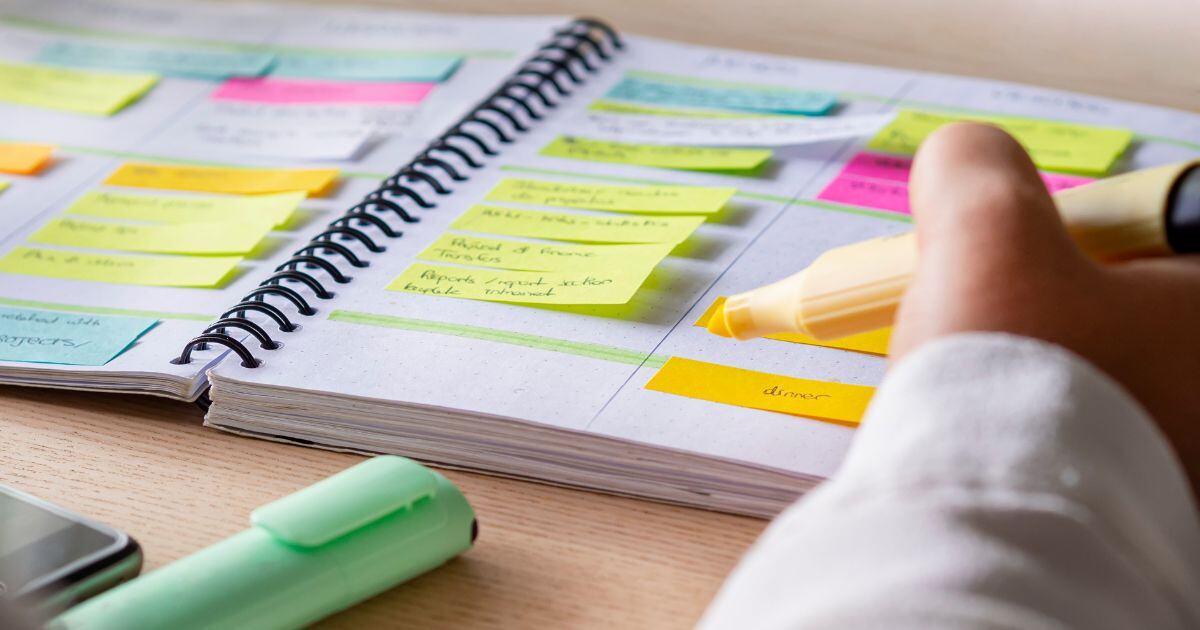 If you are employed during college, you may be familiar with filing a tax return. A tax return outlines your income, expenses, and other tax-related information from the previous fiscal year. Filing your taxes will determine if you paid more than you needed, the correct amount, or not enough in income taxes to your state or federal government.
If you are employed during college, you may be familiar with filing a tax return. A tax return outlines your income, expenses, and other tax-related information from the previous fiscal year. Filing your taxes will determine if you paid more than you needed, the correct amount, or not enough in income taxes to your state or federal government.
In the event that you paid more than you needed in a tax year, you will receive a tax refund. You may wonder how to spend a tax refund. It might be tempting to spend the unexpected money on a weekend getaway or an online shopping spree. However, handling the windfall wisely will lead to more financial satisfaction in the future. Here are 10 smart ways to spend (or save) your tax refund in college.
1. Pay down your debt
Whether it’s a student loan, a car note, or credit card debt, you should strive to pay back any money owed as soon as you’re financially able to do so. By using your tax refund to manage your debt, you’ll avoid paying less interest over the course of the loan. Depending on the amount of your refund, you may be able to get ahead an extra month or two on your payments. If you’re not sure which debt to put your refund towards, consider focusing on the account with the highest interest rate first.
2. Add money to a savings account
When it comes to your tax return, a safe place to put your extra cash is in a savings account. With your money tucked away in a metaphorical vault, you’re less likely to spend it than if it was more easily accessible in your checking account. Saving your tax return for something you really want or need in the future can give you peace of mind. By avoiding impulse purchases, you could also reach your financial goals at a faster pace. Plus, a savings account with compounded interest allows you to grow your tax refund over time without lifting a finger.
3. Contribute to a retirement fund
As a college student, retirement can seem eons away, but adding your tax refund to a retirement account is a great long-term investment. When you invest early in life, such as when you’re still a student, your money has time to grow and compound. Evaluate your options for contributing to a traditional IRA, a Roth IRA, or another type of retirement savings account. As you can see, it doesn’t matter if you are 20, 30, or older; it is never too late to start saving money for your retirement.
4. Invest in the stock market
Starting to invest your money for the first time can be intimidating, especially for new investors, like college students. However, getting started is easier than you might think with the many resources available. Index funds or exchange-traded funds (ETF) give students the option to diversify their investments and spread out their risk. Investing apps that automatically invest your spare change allow students to begin investing with low dollar amounts. Make sure that when you’re ready to invest your tax refund, that you research thoroughly and have patience with your investment. Just like with any new skill, learning to invest takes time.
5. Make a charitable donation
Many college students would like to volunteer in their communities, but not every student has enough time or money to contribute to their favorite causes. However, your tax refund could be the answer to this problem. Consider donating some or all of your tax refund to a nonprofit that is focused on animal welfare, global food insecurity, protecting the environment, or another cause of your choice. Not only do you help an organization in need, but you can also feel good giving back as a student.
6. Pay for car maintenance
As cars become older, normal wear and tear will happen. Although you should budget for regular car maintenance, you can use your tax refund for an oil change or new tires. You may also consider having a mechanic check for any unknown issues your car may have, so you can fix them as soon as possible. Alternatively, a tax refund could also help you make a down payment if you're in the market to buy a new or used car.
7. Create an emergency fund
An emergency fund is a type of savings account that is only used in the event of a financial crisis. This type of fund can help you stay on your feet when you experience job loss, need some cash for an unexpected car repair, or need to do emergency home improvements. You should aim for your fund to contain at least three months' worth of your living expenses. If you don’t have an emergency fund in college, create one. If you already have an emergency account, then consider bulking it up with your tax refund.
8. Take a course
College courses can be expensive, but the benefit of higher education can last a lifetime. Using your refund to enroll in a class you wouldn’t otherwise be able to afford may be beneficial. If you have an interest outside of your major, consider taking a course as an elective. The average refund may not be able to cover the entire cost, but it will give you a boost. Besides educational goals, you may also consider spending your money on other self-improvement objectives, like fitness classes or courses to improve your fluency in a foreign language.
9. Save for a future trip or vacation
If you have dreamt about studying abroad or traveling for a class trip, a tax refund might help you make your dreams a reality. Whether you’re heading to Germany or Washington D.C., figure out how much you need to save. Then, get a head start by putting your refund into a savings account for your trip. It’s never too early to start saving for a vacation. Besides, if you end up having extra money, you can always put the funds toward your next trip.
10. Purchase next semester’s textbooks
There’s no better feeling than being prepared for your classes. You can get ahead of the game by using your tax refund to buy or rent textbooks for the upcoming semester. Chances are, you already know the classes you will be taking, and purchasing textbooks early means one less thing to worry about when classes begin. Plus, you’ll have time to search out the best deals and avoid any express shipping costs.
When it comes to your college student tax refund, there are multiple ways you can spend it. Whether you pay off high-interest debt or tuck the money into savings, you’ll want to make the most out of the refund from Uncle Sam. While any of these 10 suggestions are great ideas for college students to spend (or save) their tax refund, the best option is the one that works for your money goals. Before you aimlessly spend your refund check, make sure you’re handling the refund in the way that brings you and your finances the most satisfaction.
WHAT'S NEXT?💳Is a credit card worth it? Check out 9 Expenses Your First Credit Card Can Help You With In College. 😎Want easy ways to save money? Check out Best Student Discounts for College Students. |














